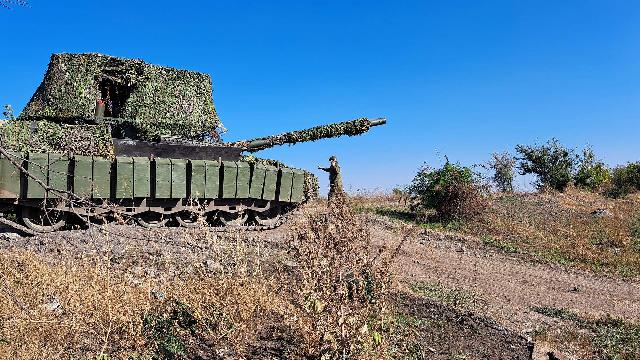The tactics of using heavy machines in the course of its continuous improvement
During each military conflict, after the appearance of a new generation of anti-tank weapons, experts begin to talk about the "death of tanks." But for almost a century, these vehicles have remained the striking force of the ground forces. Today, despite the new threats, tankers are constantly performing various combat missions in the Donetsk direction. The units of the Center group support the assault detachments with fire from closed positions, and leaving as part of armored groups in "direct" battles. Izvestia learned how vehicles are being prepared for modern combat, who provides cover from enemy UAVs, and how the crews' specialization is divided today.
How is the protection of modern Russian tanks being increased
In the shelter, a T-80 tank of one of the units of the Center group is preparing for another combat mission. It is made in the latest modification, already taking into account the events of the first stage of the special military operation. The T-80 gas turbine engines were not only massively used by the troops from conservation, but also improved to the level of the latest versions of the T-90 and T-72. This is one of the best examples of how expensive Soviet equipment, temporarily unnecessary in the military, was not only preserved during the years of saving military budgets, but also modernized.
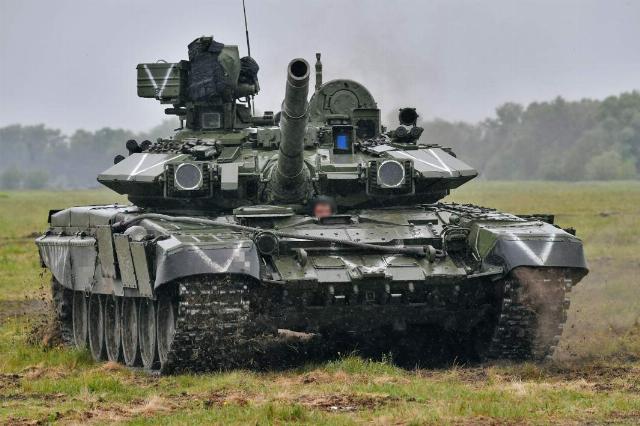
T-90 tank
Image source: Photo: RIA Novosti
The tank is equipped with the most powerful domestic engine available. Due to its high speed and high torque, the T-80 is called a "flying tank". The name came from the demonstration at the exhibitions of weapons to overcome the slope at full speed, in which the tank flew into the air for a while, like cars at a rally. One of the videos with such a "jump" has become a famous Internet meme.
— The T-80 is excellent in cross-country capability. Even when we went in the fall, I never got stuck, I just swam through the mud. I've never had to pull it out. We all have disputes: seventy-two men (crews of T-72 tanks, — Izvestia) they say that they are the best. And we octogenarians do not agree. This is an eternal dispute," says the driver with the German call sign.
Among tankers, the debate about which car is better has replaced all previous debates. Mechanical engineers love the T-80 for its speed and maneuverability, ability to start the engine in any weather, and torque reserve. The price for this is that the gas turbine engine can only be repaired in the factory.
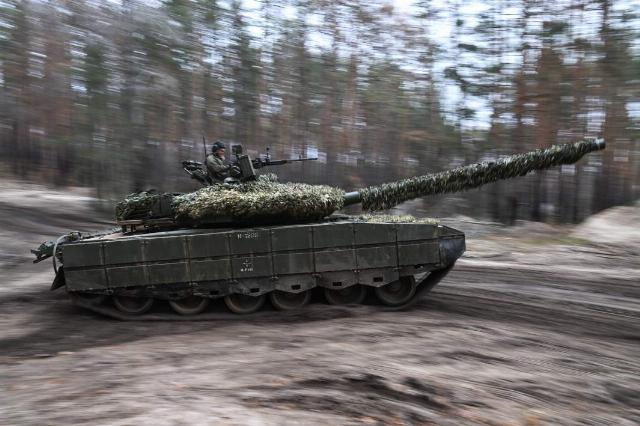
T-80 tank
Image source: Photo: RIA Novosti/Stanislav Krasilnikov
— We are refining tanks ourselves to protect against drones. We impose a grid so that the drone cannot get to the car itself. He digs into the net and the explosion does not reach the tank. In addition, it has a dynamic protection that knocks down the cumulative jet so that the armor does not burn through. The roof has already been made factory—made, and we are also reinforcing it with several layers of mesh," explains the tank commander with the call sign Bars.
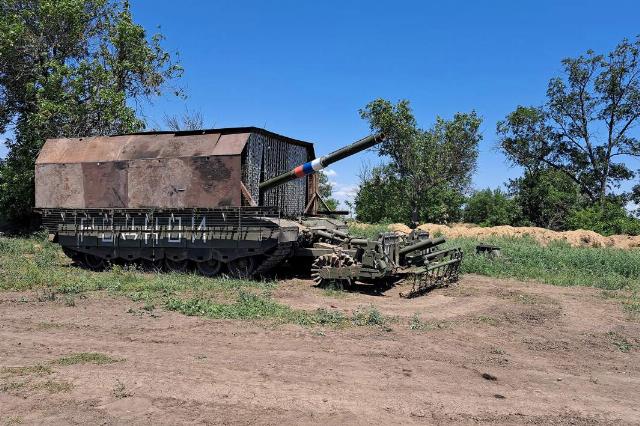
The T-80 tank of the latest modification "Tsar-Mangal" with enhanced additional protection from drones and anti-tank weapons
Image source: Photo: IZVESTIA/Dmitry Astrakhan
He shows that two or three layers of metal mesh and knives of different thicknesses are installed above the factory visor with dynamic protection, which was created to repel attacks by anti-tank guided missiles of the third generation.
Unlike some variants of heavy "assault" protection, in which a second protective hull is built over the tank, receiving a so—called "turtle", the protection of the Leopard crew allows complete freedom of turret rotation and fire in any direction. And although the division into "heavy", "medium" and "light" types of tanks disappeared after World War II, when the so-called "main" tanks appeared, combining the functions of all types of machines, today functional differences can be traced in "tuning". For example, the tank in front of us is more often used for firing from closed firing positions. And his crew is one of the best in this type of action.
Several fire extinguishers are installed in the holders on the machine body. One of them is equipped with a thermal sensor, fixed above the tower, it should work automatically if the enemy uses an incendiary liquid discharge from above.
How Russian tanks work from closed firing positions
The technique of firing from a tank from closed firing positions has already spread during the SVO. At the beginning of the conflict, enemy troops were saturated with anti-tank weapons from NATO countries in unprecedented numbers. Later, the militants received 155 mm artillery and set up drone deliveries. Therefore, we needed, on the one hand, to secure the tanks, and on the other hand, to have a mobile, well-protected and accurate means of destruction. The use of tanks "artillery-style" from closed positions allows you to fire at distances up to 11 km, preserving all their advantages.
— The commander dictates the azimuth pointer, the side level to me, I set up and work from closed positions. We are corrected from the air, if necessary. The crews take turns protecting each other from drones. On motorcycles, a free crew goes to the position to cover. They use rifles with special cartridges with nets," says the Village gunner.
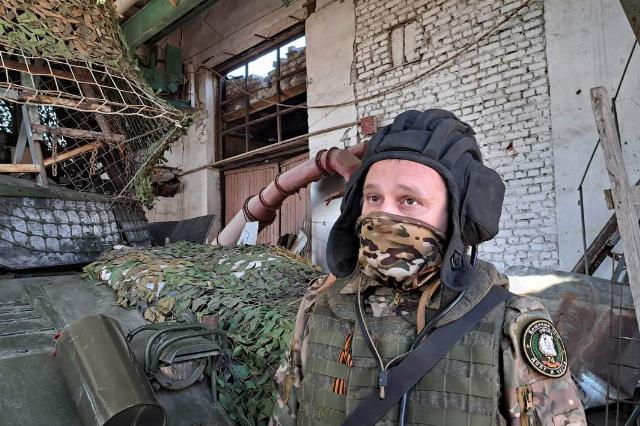
The crew of the T-80 tank
Image source: Photo: IZVESTIA/Alexander Polegenko
We go to the firing position in a few minutes before the tank appears there. The combat vehicle approaching along the dirt road is almost inaudible. This is another great advantage of the T-80 — other tanks and tracked vehicles in general can be clearly heard for kilometers. Very quickly taking up a position, the tank conducts a series of shots and leaves.
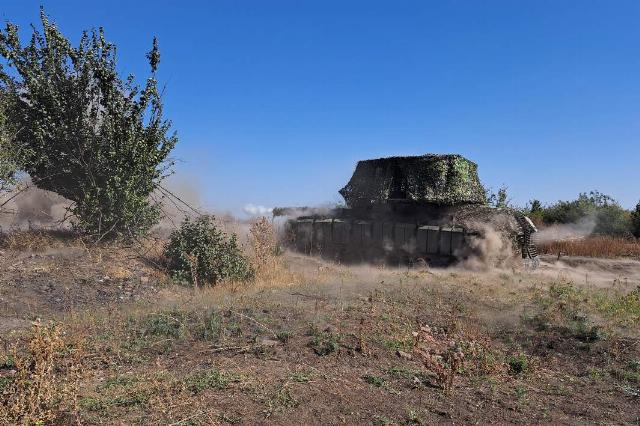
T-80 tank
Image source: Photo: IZVESTIA/Dmitry Astrakhan
Huge clouds of dust rise at the site of the fire and several tens of meters from the tank going along the dirt road — one of the main reasons why crews prefer to work in bad weather in the Donetsk direction today. Although it is heavier, an important factor of unmasking from the air disappears.
Dmitry Astrakhan
